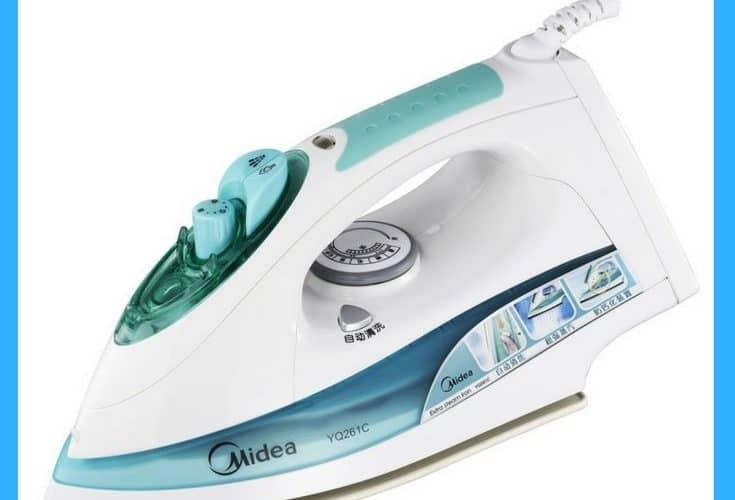Domestic tasks can sometimes get a bad rap. Luckily, modern technology makes even the most mundane tasks easily accomplished. For example, less than a century ago, using an iron meant heating up a wood stove and placing the heavy chunk of metal on the hot surface until the iron was sufficiently heated. When ironing delicate fabric, special care had to be taken to ensure that the material didn’t scorch. Ironing today is, of course, a much simpler job, but there are still a few things to keep in mind.
Preparing to Iron
Like any household task, your job will be easier if you prepare properly. It’s not hard to know how to use an iron if you have an already-handy toolkit. For any ironing task, keep the following items on-hand:
- Iron
- Ironing board
- Distilled water
- Spray starch
- Towel
- Pressing cloth
Understanding Fabrics
Before you ever learn how to use an iron, you must have a fairly in-depth understanding of the different types of fabrics that you will encounter. This is because different fabrics respond differently to the various levels of heat that your iron can put out. For example, nylon can melt if exposed to all but the coolest iron temperatures. Polyester fabrics are also sensitive, though the exact toleration will depend of the fibers that polyester is blended with. Materials like cotton and silk can hold up to the highest heats, though consistent movement is needed to avoid scorching. Wool can shrink if too much steam and heat is used simultaneously. If you are unsure of how to use an iron on a particular article of clothing, check the content label for instructions. You can also reference the following page for more information about caring for particular types of fabrics.
How to Use an Iron
1. Plug your iron into a wall outlet close to your work area. Set the heat level to match the fabrics that you will be working with. If you have several different types of clothing, sort them by fiber types, ironing the garments that need the coolest settings first.
2. Lay out your ironing board, if available. If you do not have an ironing board, place a bath towel on a flat surface, such as a table or counter-top.
3. Always be sure that the hot iron is resting on its end to avoid scorching. In addition, keep the cord out of the way. A hanging cord can cause severe injury to children or pets. If your iron is equipped with a wireless function, using that can be convenient. Be sure to rest the iron back in the base when not in use.
4. Place your clothing item of the iron board or towel. The exact ironing techniques will depend on the article of clothing being handled. T-shirts, for example, don’t need as precise of a treatment as dress shirts will. In most cases, larger areas of the garment will be ironed first, with details like cuffs and collars left for the end of the process. Spray starch can be used to give a nice finish to formal and business wear.
5. Fill the steam reservoir with distilled or tap water. If using steam, open the steam reservoir by using the appropriate setting on your iron. This may be done via a dial or by using a steam button. Allow steam to gently penetrate the wrinkled area. Turn the steam setting off, and use the heat and pressure of the iron to complete the pressing process.
6. When ironing the opposite side of a garment, ensure that you aren’t pressing deeper wrinkles into an already-ironed area. If you can’t lay out the clothing so that the opposite side is out of the way, try pressing from the inside of the garment, lifting up the opposite section over your iron.
7. After ironing is complete, hang the garment, allowing it sufficient time to cool before wearing.



